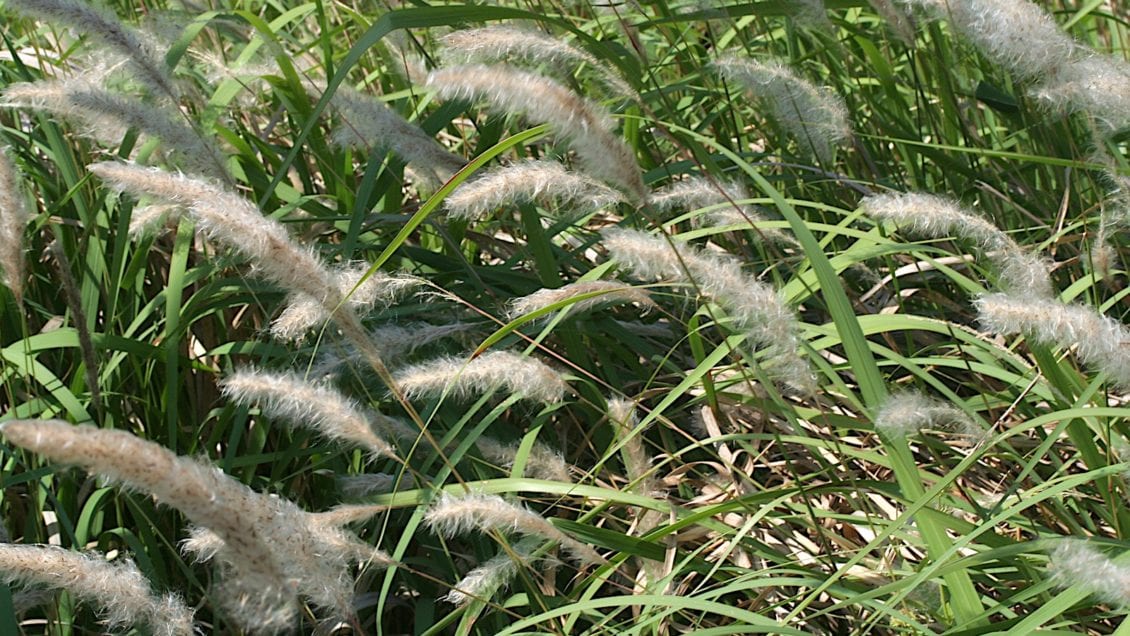CLEMSON — It’s been hiding all winter, but now cogongrass is about to show its ugly face.
Its springtime bloom will give South Carolinians a chance to identity and eliminate it before the invasive weed continues to wreck native ecology as well as farmers’ pastures, fields and forests.
“The bloom stage is its most easily identifiable period,” said Steve Compton, an environmental health manager with the Department of Plant Industry (DPI) in Clemson University’s regulatory division. “Cogongrass is very difficult to destroy and attempts to do so can wind up spreading it further, so we ask that the public alert us to its presence so that we can effectively eliminate it.”
It is an aggressive weed that can form dense stands over large areas and choke out native plants. DPI is charged with the eradication of this plant and has treated all reported infestations, but new sites are found each year.
Cogongrass spreads both through small seeds and by creeping rootstalks called rhizomes, making it especially difficult to destroy. Trying to plow it under is likely just to spread its rhizomes even further.
“We take special precautions to make certain that when we find it, we eradicate it,” Compton said. “We ask that if a possible cogongrass population is found, landowners shouldn’t disturb the plants. If you suspect you have found cogongrass, please contact us.
DPI has a Web page specifically for cogongrass with a link to an online reporting tool that can be found at www.clemson.edu/invasives. You can also reach them by email at invasives@clemson.edu or by calling 864-646-2140.
Cogongrass can virtually eliminate indigenous plants that provide food and shelter for birds, animals and insects. It has a murderous ability to release chemicals into the earth that will destroy desirable native vegetation and, if allowed, form large monocultures.
Aside from the people whose land it invades, cogongrass has no natural enemies in South Carolina. It is not a food for animals nor insects.
Native to Asia, Africa and Australia, cogongrass is considered to be one of the 10 worst weeds in the world. It first was found in South Carolina in 1987 in Hampton County, where it still is active today.
Across the South, some surveys have shown it is as pervasive as kudzu. The pest has an especially tight foothold in the southernmost states in the Southeast, from Louisiana to Florida.
Cogongrass is also a fire hazard, especially when its leaves turn brown in the winter. “It’s a very hot-burning plant,” Compton said.
Cogongrass has been identified in 13 of South Carolina’s 46 counties, seven of which are now free of the pest. Known sites remain in six counties: Allendale, Beaufort, Charleston, Florence, Hampton and Williamsburg.
“Alert citizens play a very important part in keeping us safe,” Compton said. “This is a plant we really wish to eliminate from our state.”
END
Get in touch and we will connect you with the author or another expert.
Or email us at news@clemson.edu

